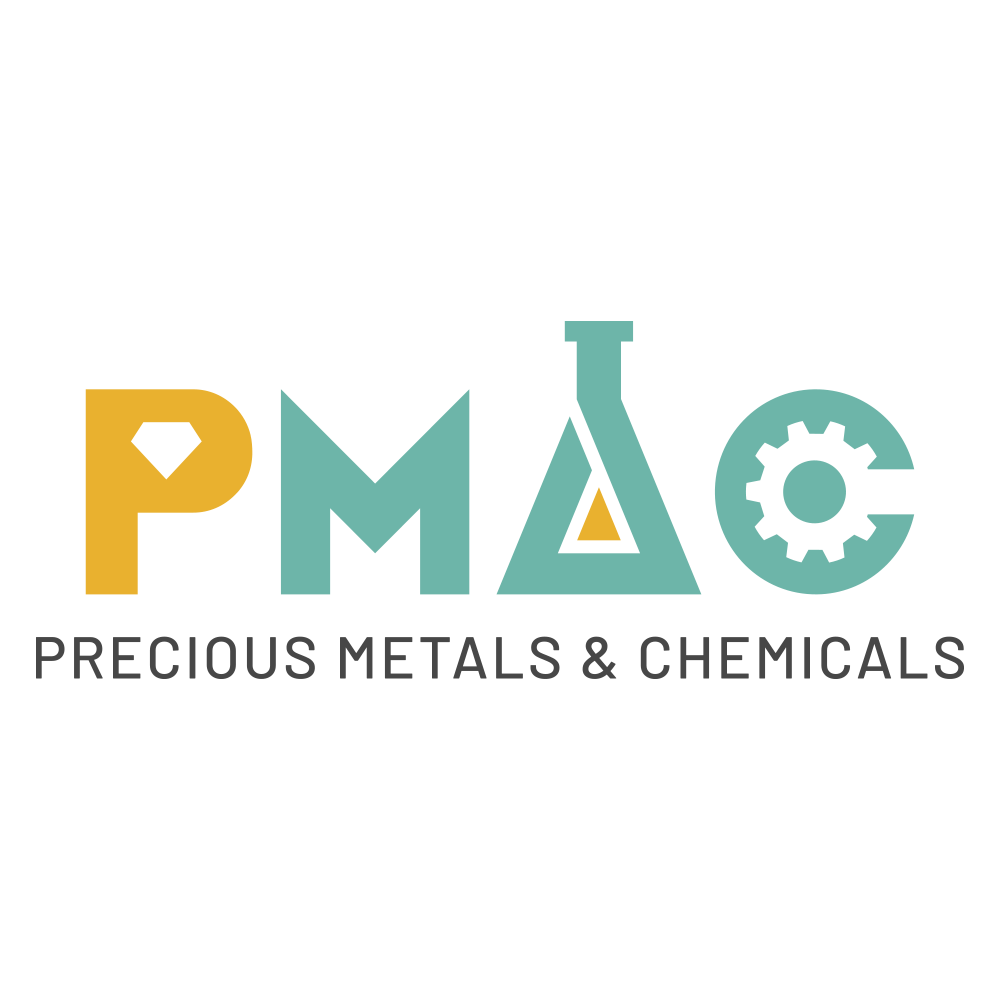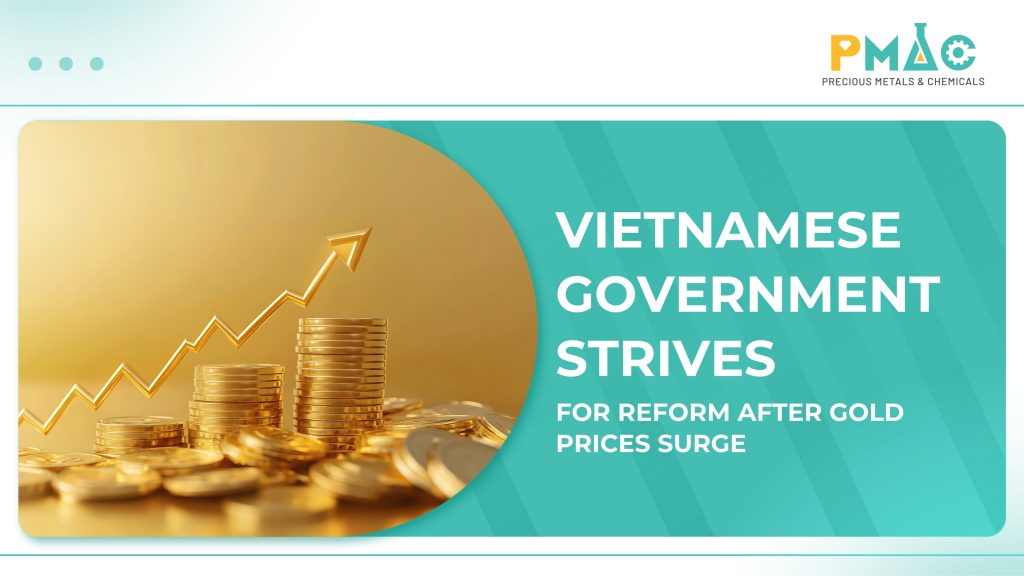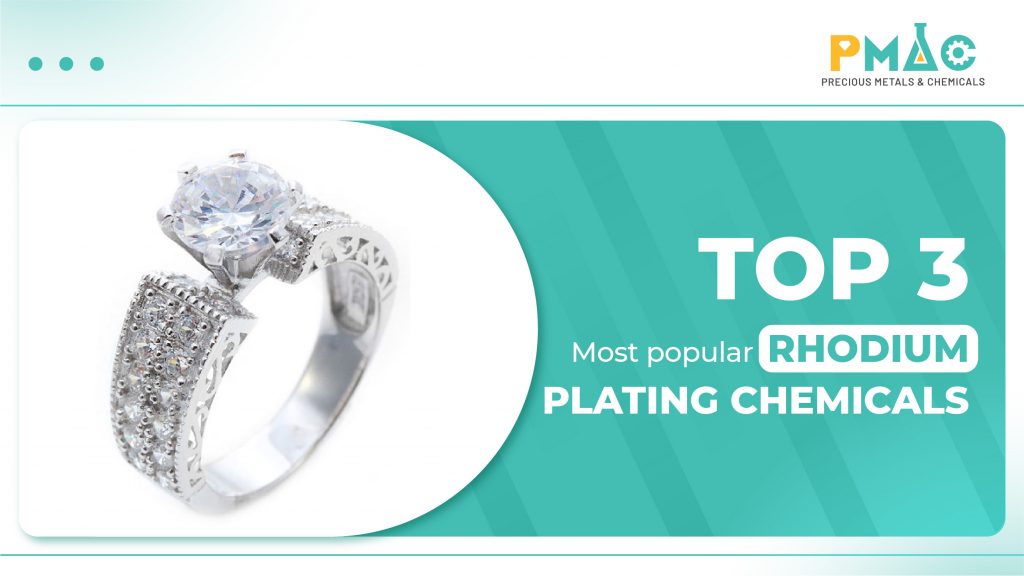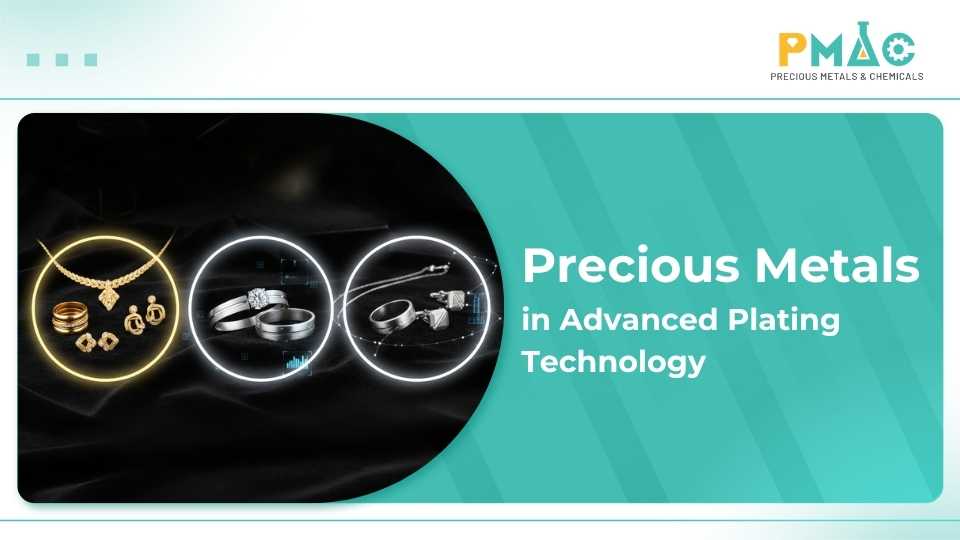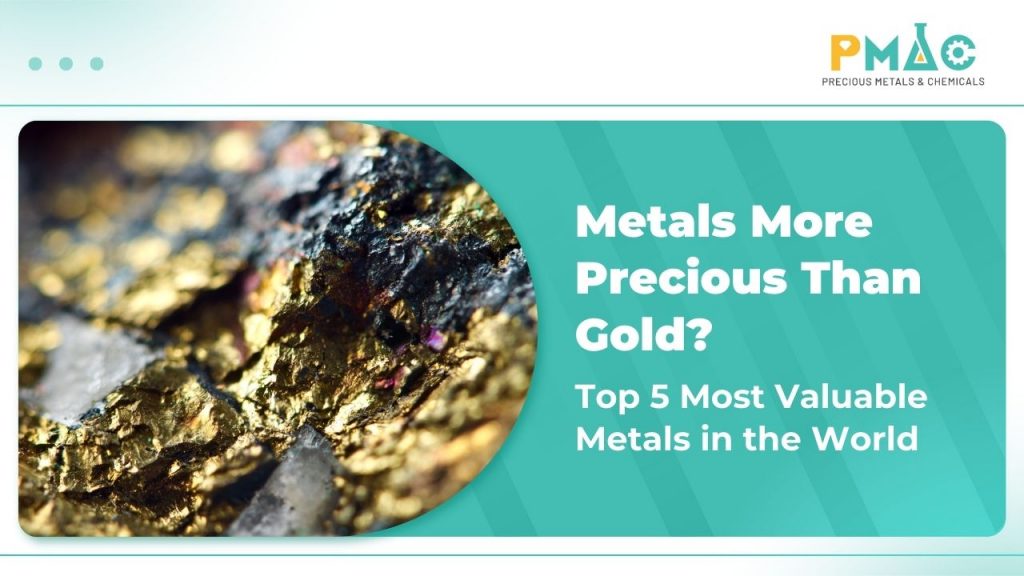When it comes to precious metals, most people immediately think of gold. However, beyond gold, there are other “hidden treasures” buried deep within the Earth—metals that are not only rarer but also play an irreplaceable role in high-tech and modern industrial applications. These elements possess not only exceptional economic value but also unique physical and chemical properties.
So, what makes them considered “more precious than gold”? And what applications have made them the cornerstone of future industries? PMAC will guide you through the full exploration in the article below.
I. What Are Precious Metals?
Precious metals are naturally occurring metallic elements that are rare, possess high economic value, and exhibit exceptional resistance to corrosion and chemical reactivity. Commonly recognized precious metals include: gold (Au), silver (Ag), platinum (Pt), rhodium (Rh), palladium (Pd), and iridium (Ir).
These metals are not only used in jewelry making, but also play a critical role in industry, advanced technology, and the financial sector.
II. Why Is Gold the Benchmark for Precious Metals?
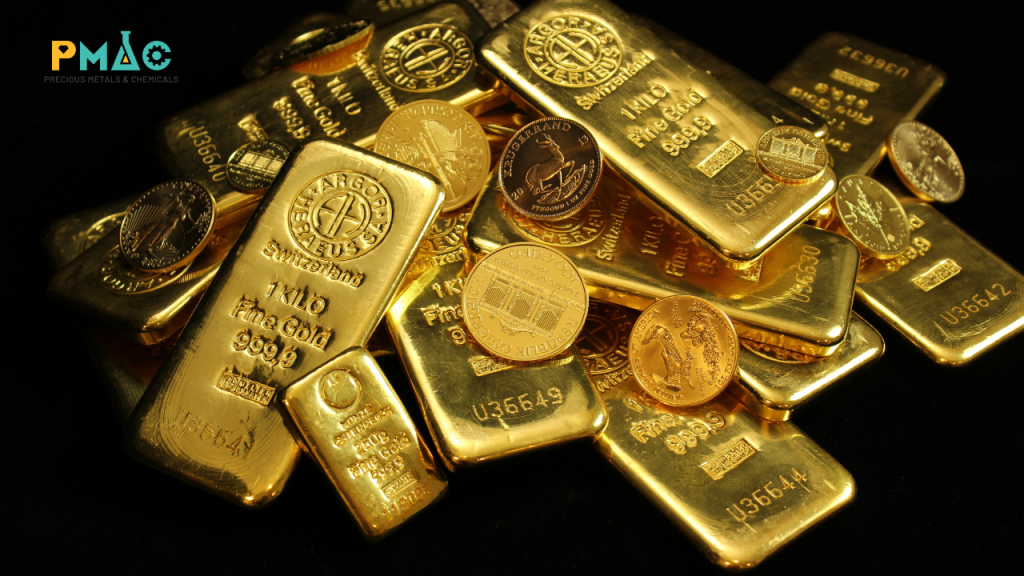
Gold is the standard precious metal
1. Scarcity
One of the core reasons gold has become the standard for precious metals lies in its relative scarcity. Gold is not so abundant that it becomes cheap, but also not so rare that it is inaccessible. The total amount of gold ever mined on Earth is estimated at around 200,000 metric tons—a quantity limited enough to hold significant value, yet sufficient to enable global storage, trade, and practical use.
This unique balance between rarity and utility has allowed gold to maintain its central role in financial and commercial systems for thousands of years.
2. Ease of Fabrication and Corrosion Resistance
Gold possesses ideal physical and chemical properties for long-term use. It is a soft metal that can be easily hammered into thin sheets, bent, and shaped, making it exceptionally suitable for crafting jewelry, coins, and high-end artistic products. Additionally, gold is highly chemically inert, resisting oxidation and corrosion over time. This allows gold to retain its original beauty and material value for hundreds, even thousands of years—something very few other metals can achieve. This is a key factor that has made gold a symbol of permanence and financial security.
3. Historical and Industrial Value
The significant role of gold in economic history and human culture cannot be overlooked. Since ancient times, gold has been used as a medium of exchange, a store of value, and a measure of wealth. Major civilizations such as Egypt, Rome, and China all employed gold as currency or ceremonial artifacts.
Moreover, gold has important applications in modern industry, particularly in electronics, healthcare, and aerospace technology, owing to its excellent electrical conductivity and high durability. This versatility further cements gold’s position as the “benchmark” among precious metals.
III. Comparison: Rhodium, Palladium, Iridium & Gold
| Criteria | Rhodium (Rh) | Palladium (Pd) | Iridium (Ir) | Gold (Au) |
| Rarity | Extremely rare | Very rare | Very rare | Moderately rare |
| Color | Bright silver, mirror-like | Silver white | Grayish white, slightly bluish | Brilliant metallic gold |
| Chemical Stability | Very inert, excellent corrosion resistance | Good inertness, though less than Rh & Ir | Extremely stable, non-oxidizing | Very stable, non-tarnishing |
| Hardness (Mohs scale) | 6 | 4.75 | 6.5 | 2.5 – 3 |
| Malleability / Workability | Brittle, difficult to process | Malleable, easier to shape than Rh & Ir | Hard and brittle, difficult to work with | Very malleable, easy to form, ductile |
| Primary Applications | Automotive catalytic converters, high-end mirrors | Catalytic converters, electronics, dentistry | Scientific instruments, high-performance alloys | Jewelry, investment, electronics |
| Electrical Conductivity | Lower than gold and Pd | Good conductivity | Moderate conductivity | Excellent electrical and thermal conductivity |
| Geological Scarcity | Estimated to be ~100× rarer than gold | Estimated to be ~30× rarer than gold | Estimated to be ~100× rarer than gold | More abundant, widely mined |
| Investment / Value Storage | Not commonly used for investment | Strong growth, but volatile | Rarely used in personal investment | Very popular and traditional store of value |
Comparison Table Rhodium, Palladium, Iridium, and Gold
IV. Key Applications of Precious Metals
1. Rhodium – The Most Expensive Metal
Rhodium is one of the rarest and most valuable precious metals in the platinum group metals (PGMs), often ranking at the top in terms of market price. Thanks to its exceptional corrosion resistance, high reflectivity, and stability under extreme conditions, rhodium is widely used across various industries. Despite its scarcity and difficulty in fabrication, rhodium plays an irreplaceable role in modern industrial applications.
Key Applications:
- Automotive catalytic converters: Converts harmful exhaust gases into safer emissions.
- High-end jewelry: Used as a premium plating material to create a bright, tarnish-resistant finish.
- Mirrors and optical devices: Applied as a reflective coating with outstanding durability and optical clarity.
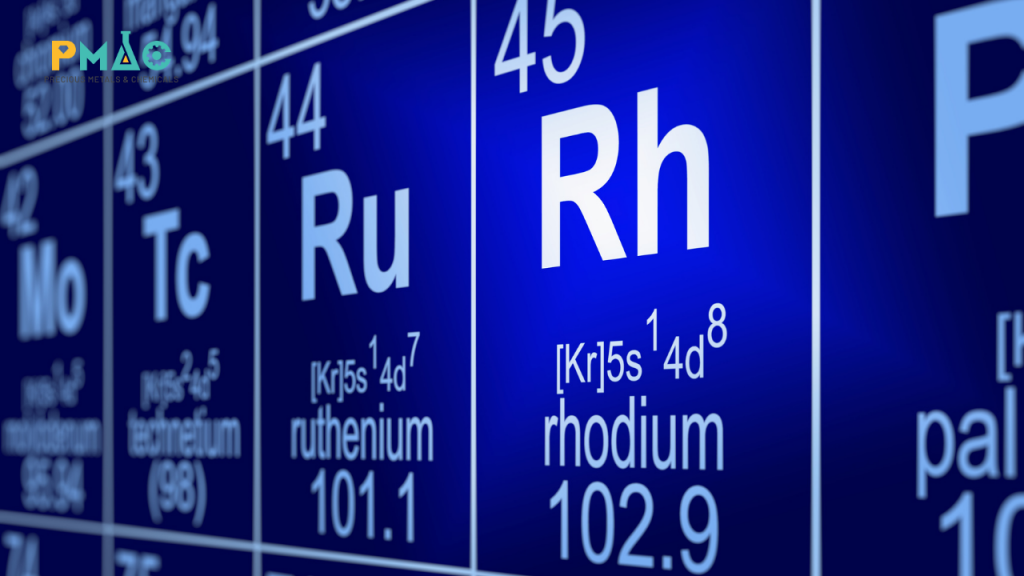
Rhodium is the rarest precious metal in the world
2. Palladium – The Platinum Alternative in the Automotive Industry
Palladium has become increasingly important in the automotive industry, especially as it gradually replaces platinum in catalytic converters for gasoline-powered vehicles. With chemical properties similar to platinum—but being lighter, more reactive, and more cost-effective—palladium has become the preferred material for reducing toxic emissions from combustion engines.
Beyond the automotive sector, palladium is widely used in high-tech industries, including electronics, dentistry, hydrogen production, fuel cell manufacturing, and semiconductor components, thanks to its excellent electrical conductivity, corrosion resistance, and mechanical durability. Over the past decade, palladium has been among the top-performing precious metals in terms of price growth, driven largely by surging global industrial demand.
3. Iridium – The Super Metal of Space Technology
With exceptional corrosion resistance—even against concentrated acids and extreme temperatures—iridium is an ideal material for aerospace applications, precision scientific instruments, and ultra-high-performance alloys. It is commonly used in rocket engine nozzles, reactor electrodes, and even biomedical technologies such as pacemakers.
Although it is not widely used in personal investment due to its brittleness and difficulty in processing, iridium plays a critical role in high-tech industries where absolute stability and durability are required.
V. PMAC – A Trusted Supplier of Precious Metals in Vietnam
PMAC Joint Stock Company is a leading provider in Vietnam specializing in advanced laboratory equipment, solutions, and services for the precious metals industry. As the official representative of two globally renowned corporations — Umicore (Belgium) and Thermo Scientific (USA) — PMAC delivers cutting-edge technologies that meet international standards and align with the stringent demands of the local market.
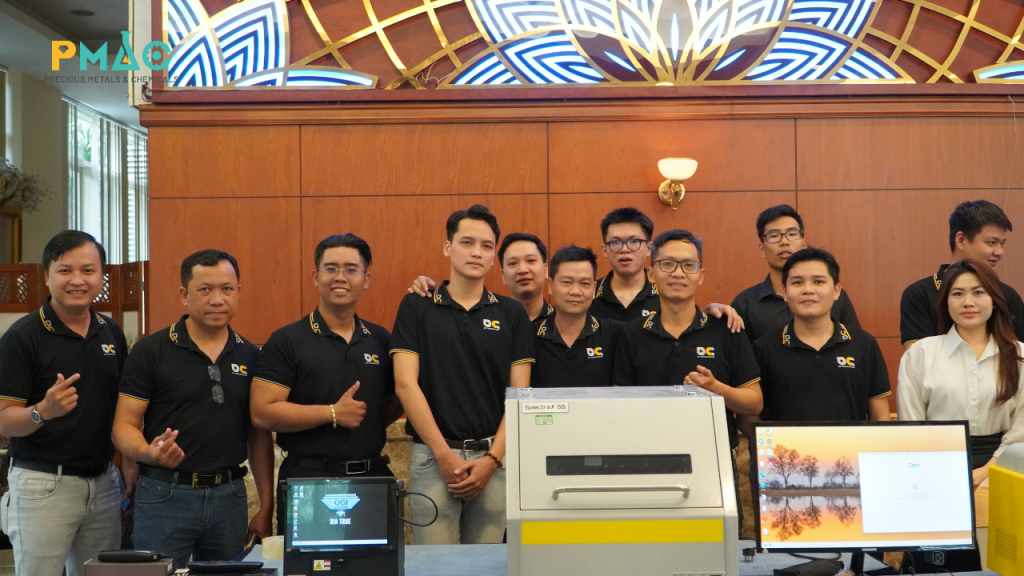
PMAC’s personnel
PMAC has built a team of highly experienced experts, with 5 to 20 years of expertise in the jewelry and precious metal refining sectors. The company is committed to delivering exceptional service quality, continuous innovation, and a deep technical focus at the core of all electroplating and metallurgical solutions.
Conclusion
While gold has long been regarded as a symbol of stability and value in the world of precious metals, elements such as rhodium, palladium, and iridium are increasingly asserting their superior position in advanced industrial and technological applications.
With a team of seasoned experts and strong partnerships with leading global players, PMAC serves as a trusted bridge between world-class technology and the practical needs of Vietnam’s precious metals industry.
Learn more:
https://pmac.asia/en/metals-more-precious-than-gold-top-5-most-valuable-metals-in-the-world/
https://pmac.asia/en/what-are-electroplating-chemicals-and-their-applications/
https://pmac.asia/en/rhoduna-diamond-bright-rhodium-plating-solution/
